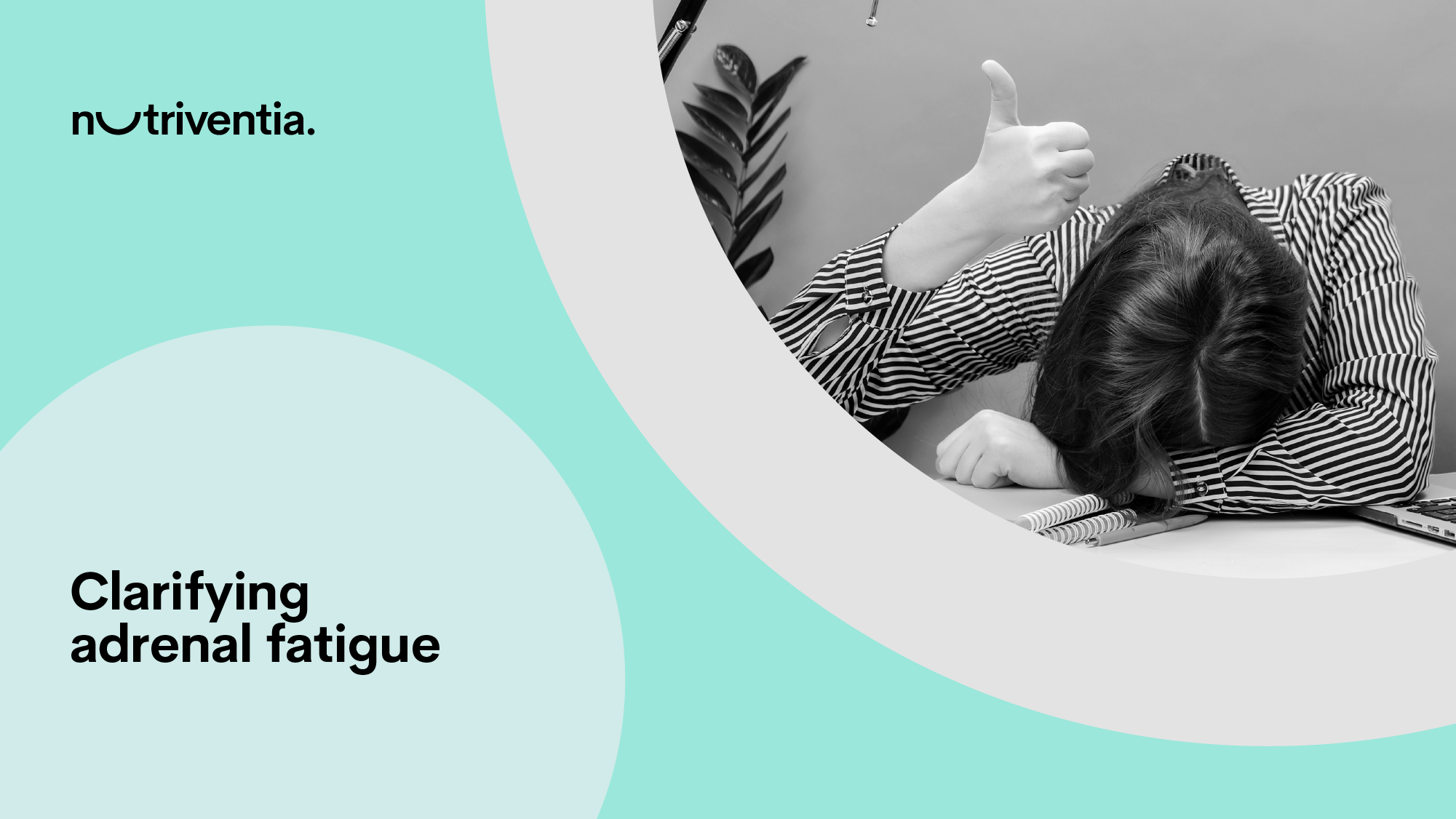For many, autumn is a time of splendor — the humidity is gone for the most part, and the trees are changing outfits from summer green to jaunty reds, golds and oranges. It’s the time of apples and pumpkins, as well as football.
But it is also the time when the diminishing sunlight can ruin all the above for those with Seasonal Affective Disorder (SAD).
According to the Mayo Clinic, SAD is a type of depression that is characterized as persistent and pervasive. SAD symptoms include wanting to sleep more and feeling tired during the day, and craving carbohydrates, leading to weight gain.
One does not have to have SAD, though, to feel stress more acutely in the autumn, due to busier schedules and the upcoming holiday season.
Indeed, stress knows no season but for those who are sensitive to increasingly dark days, it can be exacerbated and generate tension and anxiety. According to the National Institutes of Mental Health, SAD may be caused in part by the overproduction of melatonin and reduced serotonin activity.
A popular herbal supplement can help such individuals become more resilient to these conditions.
Ashwagandha and Autumn
Ashwagandha (Withania somnifera) is an Ayurvedic adaptogen that helps buttress the barbed and incisive effects of stress, such as anxiety spikes, insomnia, low mood and bouts of tiredness. In Ayurveda, ashwagandha is a rasayana (a rejuvenating agent) that has beneficial impacts on immune function.
Ashwagandha was tested on a group of college students experiencing stress. The double-blind, randomized, control trial evaluated the impact of 700 mg ashwagandha in 60 participants for 30 days. They found that “ashwagandha increased college students’ perceived well-being through supporting sustained energy, heightened mental clarity, and enhanced sleep quality.”
One review analyzed ashwagandha’s effects on neuropsychiatric states and concluded that the herb “exhibited noteworthy anti-stress and anti-anxiety activity” in participants.
In another review, researchers analyzed 12 studies on the impact of ashwagandha supplementation on stress and anxiousness in a total pool of 1,002 adults. Here, ashwagandha supplementation significantly reduced anxiety and stress levels compared to placebo.
Those who are seasonally sensitive in autumn, trying to maintain balance may also find that they are not as cognitively sharp and may also experience disrupted sleep, generated by stress.
One human clinical study investigated the effects of a sustained-release Ashwagandha (300 mg Prolanza®) once daily for 90 days. The researchers found that the ashwagandha supplement significantly improved attention, memory and sleep quality, a reduction in stress levels, and better psychological well-being.
Prolanza ™: The Autumn Ashwagandha
Of all available ashwagandha, Prolanza™ may be one of the most effective and consumer-friendly.
Prolanza™, a root-only ashwagandha ingredient, has several unique features that set it apart from other ashwagandha ingredients on the market. Prolanza™ contains a high concentration (4-5%) of 10 USP Withanolides and 10 additionally identified Withanolides, all of which work together synergistically to produce the clinically demonstrated health benefits of ashwagandha. This broad spectrum of bioactives is a key component of Prolanza™’s market distinction.
A study investigating the health benefits of ashwagandha mentioned that other withanolides may be supportive in the herb’s abilities. In a published review, researchers asserted that “while some studies link specific withanolide components to its neuropsychiatric benefits, there is evidence for the presence of additional yet unidentified active compounds” in ashwagandha.”
When considering ashwagandha, besides the quality of the studies, considering consumers’ full-plate lifestyles should be a priority. Unlike other ashwagandha ingredients that require multiple daily doses, Prolanza™ has been shown to provide long-acting biological action and high bioavailability with just a single daily dose of 300mg. This “one and done” characteristic is highly appealing to consumers, and for formulators, allows for combination with other synergistic ingredients in smaller doses.
Shedding Some Light
Whether or not someone has SAD, light therapy can work for nearly everyone during autumn, especially after standard time begins. Light therapy is typically the first recommendation from healthcare providers to reduce and/or delay SAD — and it can be a tool for everyone.
Light therapy aims to make up for the lost hours of sunlight. According to NIMH, sitting in front of a very bright lightbox (10,000 lux) each day for between 30 to 45 minutes will help. Note – not just any light source does the trick; light boxes for seasonally sensitive individuals are approximately 30 times brighter than indoor lighting, mimicking natural sunlight by emitting broad-spectrum UV light (but filtering the harmful UV rays). People who use light boxes typically do so in the morning while having their morning beverage; just place it between 12 to 24 inches away.
As autumn leads into winter, protecting against the stressors that diminished sunlight may bring will help delay or reduce the seasonally associated stress and tension. And ashwagandha, specifically Prolanza® taken daily, can provide that protection so that consumers can enjoy more treats than tricks.



